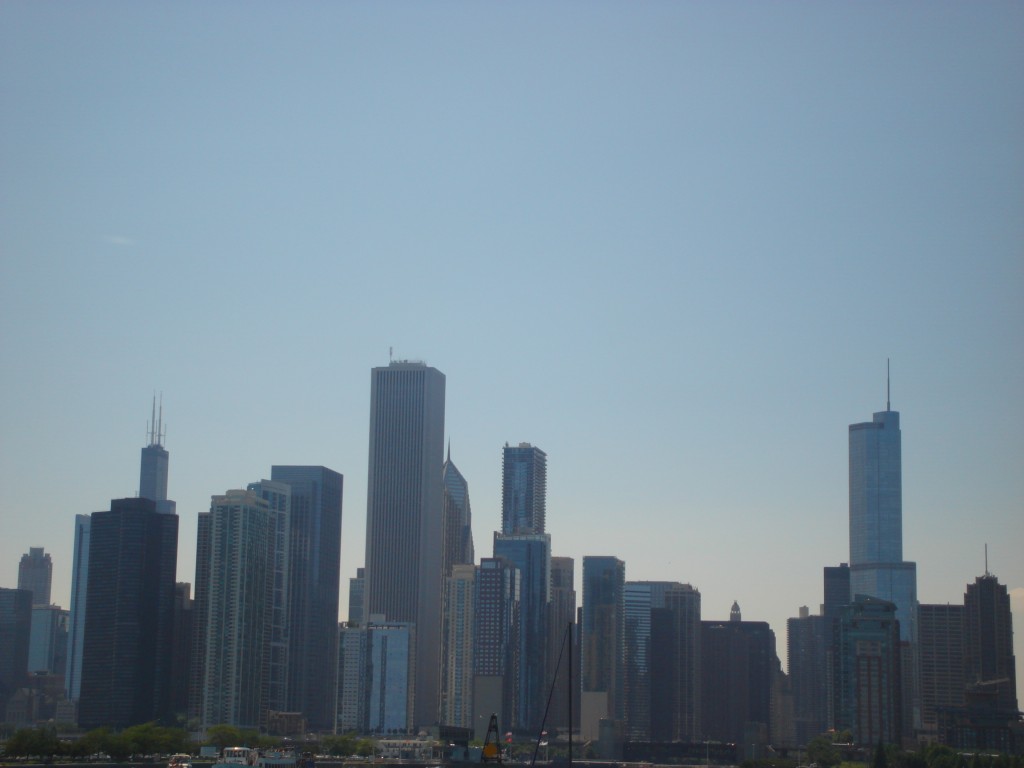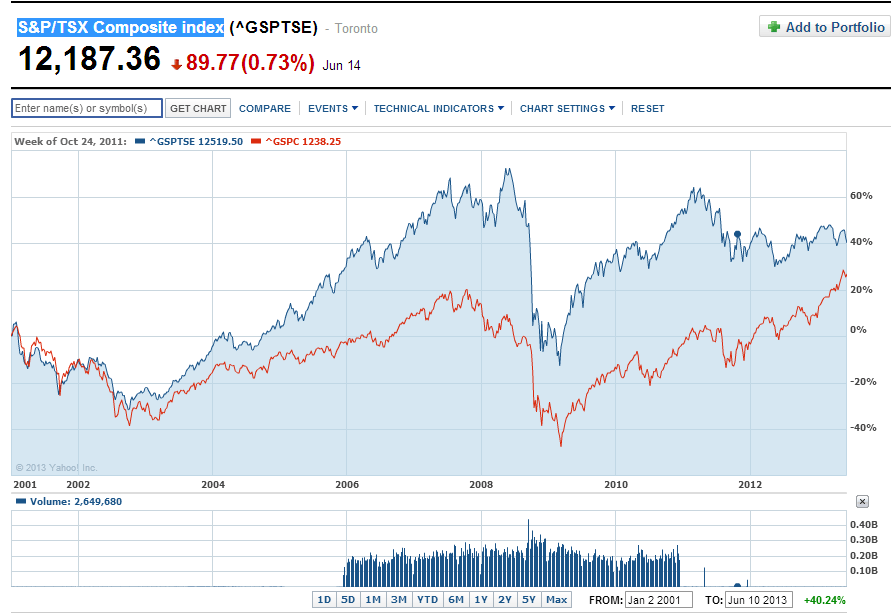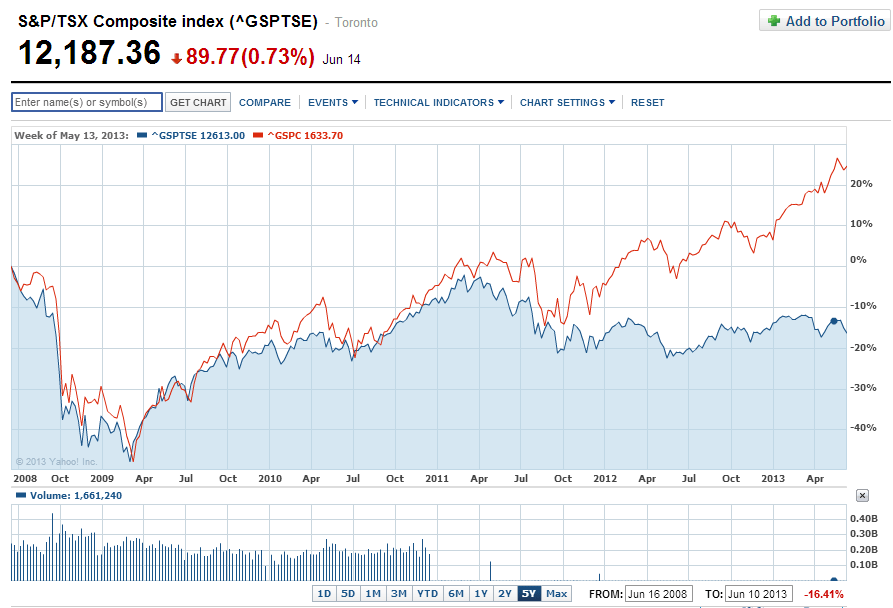In the U.S. for-profit college operators such as Apollo Group Inc fell heavily last year after the Federal government clamped down on the sector. Most of these operators had become diplomas mills handing out degrees that carried very little value. Abusing the Federal student loan program the companies in this sector signed up thousands of students and made huge profits. They even recruited homeless people to take advantage of the student loan program. Similar to the subprime fraud in the housing industry, this is another example of how government intervention led to disaster.
I recently came across a fore-profit company that operates educational institutions in Brazil. Estacio Participacoes SA (ECPCY) is one of Brazil’s largest private-sector post-secondary educational provider based on student enrollment figures.
From the company’s website:
As of March 31, 2013, we had 334.2 thousand students in our distance learning and campus programs of our undergraduate and graduate courses. Our network consists of one university, four university centers, 33 colleges and 52 distance learning units recognized by the Ministry of Education (MEC), with nationwide coverage, represented by 76 campuses in the leading urban centers of 20 states, strategically located close to the homes and/or workplaces of our target public of middle- and lower middle-income workers. We have highly qualified professors, advanced teaching methodologies and well equipped facilities, offering around 78 traditional and technological undergraduate courses in Exact Sciences, Biological Sciences and the Humanities. We also offer quality post-graduate specialization (sensu lato) courses, master’s and doctorate degree courses as well as diverse extension courses at competitive prices to aid in the professional qualification of our students and enhance their employability.
As a developing country, the educational sector in Brazil has the potential to grow significantly. Some of the reasons for growth noted by Estacio Participacoes are listed below:
(i) Brazil’s economic growth; (ii) high demand for qualified manpower; (iii) tax and regulatory incentives from the Brazilian government; (iv) increase in the purchasing power of the population and the growing availability of educational loans, both from the federal government (FIES and PROUNI) and from private institutions; and (v) growth potential among the youth from the middle- and low middle-income groups.
The company went public in the Brazilian market in 2007. In June, 2011 it launched the level I ADR Program on the OTC market under the ticker ECPCY. Each ADR represents one common share.
The ADR opened at over $20.00 in January this year and reached as high as $30.08. On June 5th, the stock split in the ratio of 3:1. Yesterday it closed at $7.92.
Estacio announced strong earnings for the first quarter. It enrolled 117,000 students in its various programs and had a total 334,200 students at the end of the quarter.In terms of financial performance, EBITDA was more than 50% compared to Q1, 2012 and net income came to R$66.6 million representing an increase of over 66% relative to Q1, 2012.
For more information visit the corporate site here.
Disclosure: No Positions





